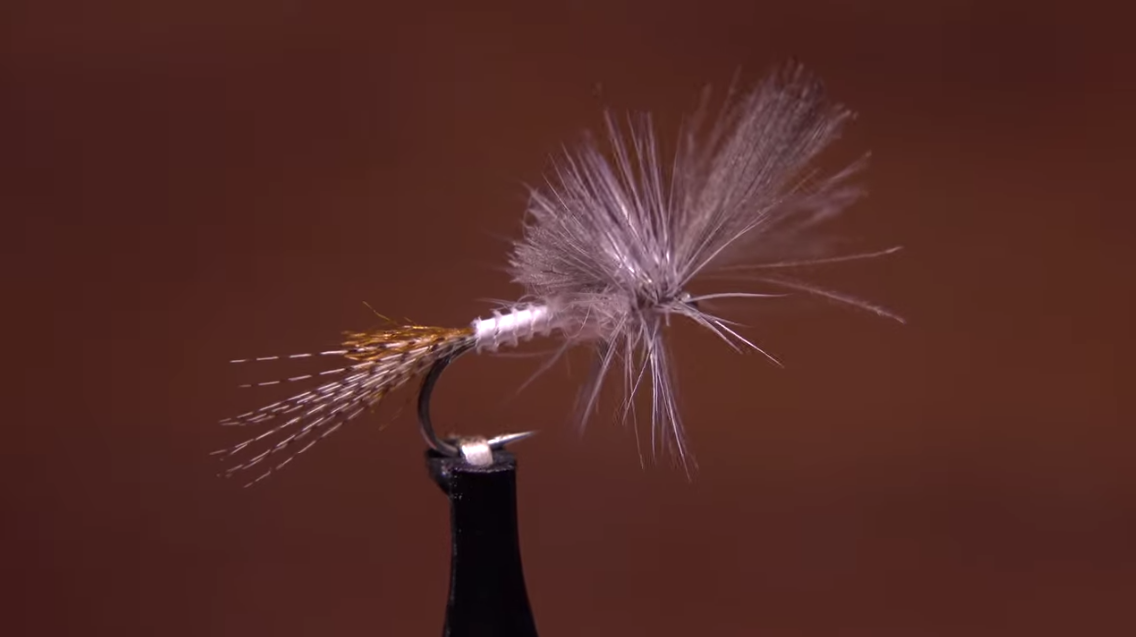Serious fly tiers have known about the “magic” of Antron for some time, and Tim Flagler is clearly a big fan, as you’ll see in the video below.
I like to tie with Antron (and other synthetic materials), but I also recognize that this nylon fiber doesn’t necessarily break down readily in the environment (it takes 30 years or more), so I like to use it somewhat sparingly and only when I feel there’s a real need for it. I’m finding that I can use other organic materials to replace Antron in most instances, but that occasionally, it’s all that fits the bill for a particular fly pattern.
It is, indeed, a versatile material that can be used for lots of tying applications, from pupa shucks to parachutes and even body fibers. It has a translucency about it that fish seem to really dig, and when tied loosely, it floats well, making it a good wing material. In bigger clumps it “swims” pretty well, too, and a lot of tiers use it for saltwater baitfish imitations.
Just know that when you commit to tying with Antron, you’re committing to tying a fly that’ll be around a while. Just something to consider.



